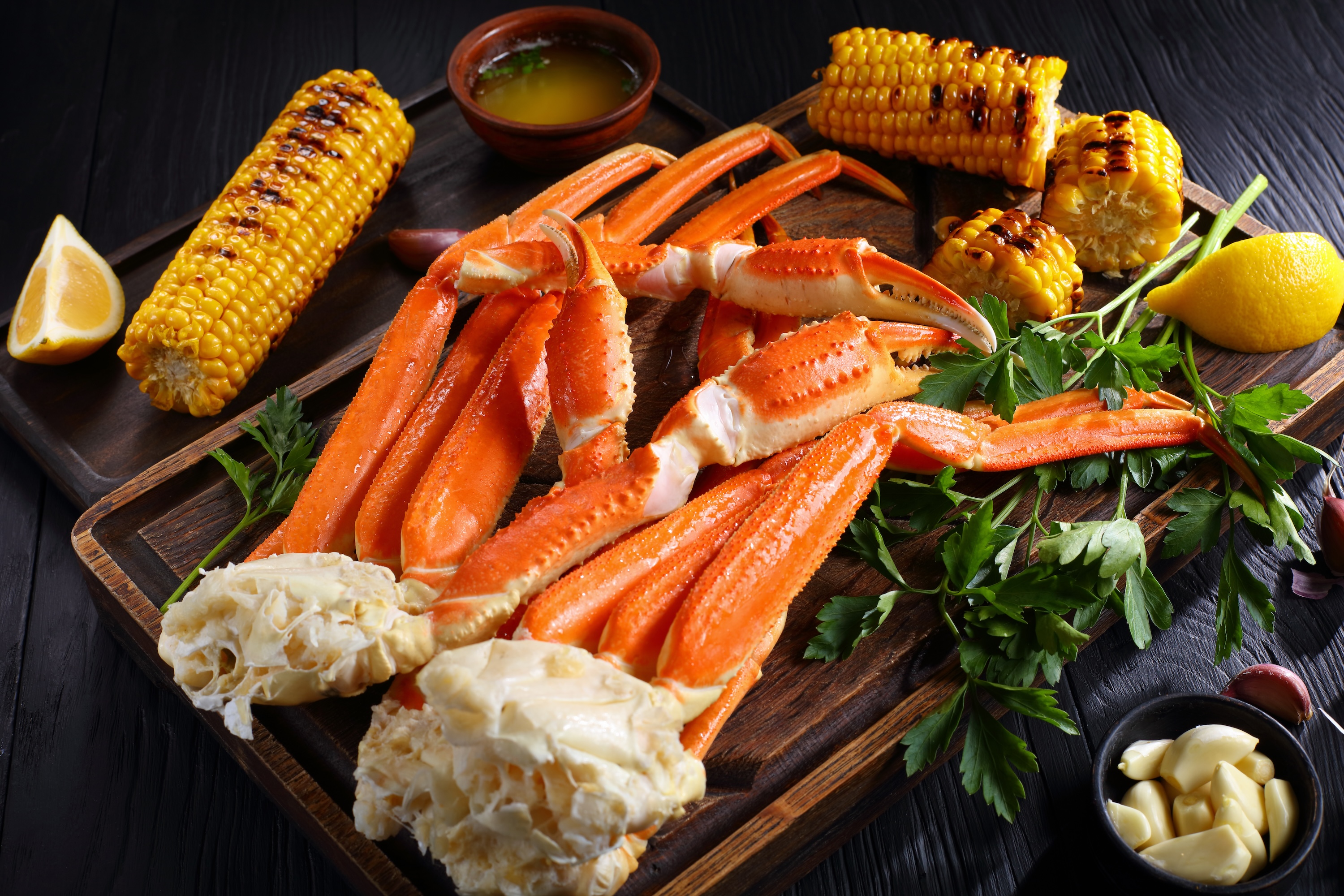
Crab is always in season. Well, perhaps not in some geographical regions, but most coastal states harvest certain species for large portions of the year. And, thanks to the wonder of refrigerated transport, even the inlanders can enjoy some tasty crab (pair your shellfish with wine, by the way).
On the West Coast, people look forward to Dungeness crab season, reveling in the buttery goodness of this fleshy species. Out east, blue crab and rock crab—among other species—end up on the dinner plate. What unites them all, outside of the obvious deliciousness and pair of pincers? Generally speaking, how you eat them is pretty much the same across the board, and you’re probably not nailing the process.
We sought expert advice from the legendary restaurant Fog Harbor in San Francisco. COO Bob Partrite has two decades of experience there, working with shellfish from the iconic Pier 39 eatery.
Tools
Doing a job right requires the right tools. That’s no different from eating crab, and fortunately, there are many ways to get the job done. “You can use any kind of cracker to open up your crab: a crab cracker, lobster cracker, or even walnut cracker will work,” Partrite says. “Some people like to put their crab on the counter and hit it with a small mallet instead, and that will work, too. No matter the approach you use, be sure to only crack it a little bit to start out with–just until you hear it start to snap–so you don’t destroy the shell.”
Go with a fancy mallet or keep it simple–and decidedly therapeutic–with a blunt basher of some kind. Picks are nice to get all the pesky meat out, but a smaller fork or even a toothpick will do in a bind. “I like to use an oyster fork or shellfish fork to pull the meat out and eat my crab,” Partrite says. “However, some people like to pull the meat out with their teeth. They’ll put the entire shell in their mouth and suck the meat out, and that works perfectly fine too. We have a lot of guests in our restaurant who like to eat crab that way.”
Squeeze and pop
These are the words you should remember when cleaning out a crab. Apply pressure to the body of the crustacean from top to bottom to loosen the meat before removing it. When dealing with the claw, pop it open at the seam to get out the most meat. “The claw is the meatiest part of the crab, it’s where you’ll get the biggest, plumpest pieces that are perfect for eating straight away,” Partrite adds. “The meat from the body will be shredded instead of the big chunks that come out of the claw and legs. The shredded body meat is great for adding to various crab dishes, like crab cakes or salads. But it’s also just as delicious to eat straight away with a traditional sauce like clarified butter, cocktail sauce, mayonnaise, or some fresh lemon.”
Keep the shells
Use the shells to make seafood stock, a great addition to pasta or a base for soups. Simply hold on to them, throw them in a pot with some fresh herbs, and wait it out. The results are worth it and can amplify anything from pasta dishes to soups. When you do make it, throw in the essentials—things like onion, garlic, celery, white wine, carrots, salt, and any of your other favorite herbs.
Eat it fresh with choice condiments
Even when refrigerated, crab meats go bad quickly (3-5 days) and can also stink up the fridge if you don’t store them properly. Your best bet is to eat it fresh, with the right condiments. If you do store, consider an airtight container or even freezing the stuff. While enjoying, get your condiment game in order. Cocktail sauce is great, but also consider making some of your own tartar, cajun butter, or even store-bought buttermilk remoulade. A little can go a long way, as you don’t want to overwhelm the crab flavor. The key here is to accent that buttery, salt-kissed goodness, not overpower it.
Get eating. We have features on how to reheat crab legs and how to cook and clean Dungeness crab. If you’re still hungry, check out our piece on how to cook soft shell crab at home.






